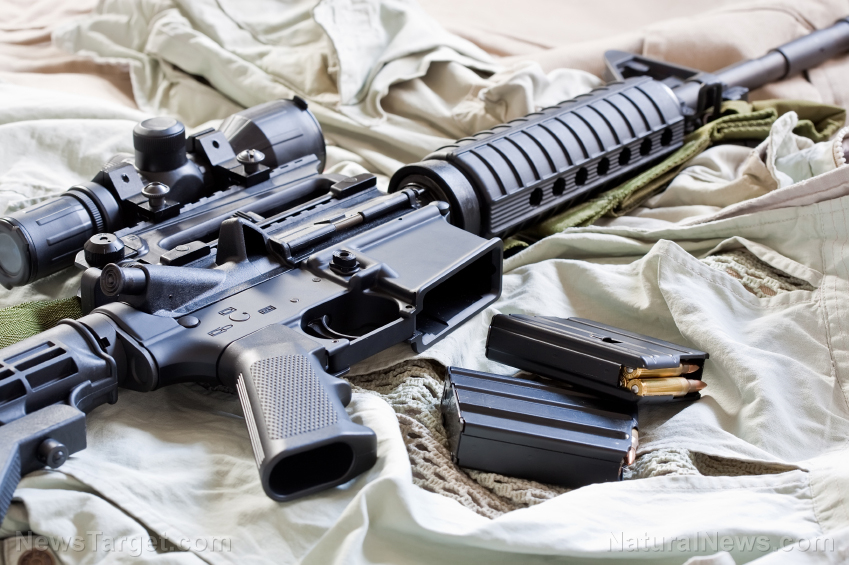
Going to a gun store and selecting a firearm from the shelves can be fun, but have you ever been curious about building your own? Maybe your parents or your grandparents have an old military rifle that’s been sitting in the attic for decades, collecting dust and waiting on somebody to come along and rebuild it into a properly-functioning firearm once again. How would you go about doing this? Where do you even begin? Thankfully, a man by the name of Philip Massaro published an article for AmericanHunter.org last month, in which he went over the process of building a custom rifle step by step.
Massaro explained that he purchased a firearm – a 1916 Amberg Arsenal German 98 Mauser, to be exact – that had been sitting in his friend’s basement for years. The firearm, which was chambered for the 8x57 cartridge, still functioned but certainly wasn’t in pristine condition. The rifle showed signs of age and neglect, and because of the fact that the muzzle and the first three inches of the barrel were so badly pitted, Massaro decided against testing to see whether or not it still fired out of concern for his own personal safety. But despite being aged and beaten up, Massaro said that he knew at once what he wanted to do with his new firearm – he wanted to make it into a custom hunting rifle.
Due to time and financial constraints, Massaro didn’t start his project until two decades after he purchased the rifle. Massaro knew that he wanted a rifle that would pair well with the early 20th century British cartridges – particularly those that are used for hunting big game in Africa – that would still be useful in the United States. Eventually, Massaro wrote, “the .318 Westley Richards popped into mind. Using a .330-inch diameter bullet of 250 grains, at a sedate muzzle velocity of 2,400 fps, it had a stellar reputation a century ago, only to be unseated by the .375 H&H Magnum as the all-around African cartridge. Yes, this would work!”
Massaro was able to recruit a friend by the name of Nathan Chesney of Hillbilly Rifles to help him with his project. Massaro explained that the two of them “started with a nice Krieger barrel, of medium contour, and settled on a length of 25 inches to balance the package.” Given that Massaro wanted his rifle to be equipped with a scope, he knew from the beginning that the traditional Mauser flag safety would have to be replaced. To solve the problem, the rifle was equipped with a Winchester 70-style three-position wing safety, which allowed for the attachment of a low scope mount on top. The two-stage military trigger was replaced with a nice, crisp Timney trigger, and the right-angle bolt handle was replaced with a straight bolt procured with a smooth knob “for a sort of classic look.”
Massaro wrote that Nathan installed a New England Custom Gun barrel-band, as well as a front sight and a rear island sight base. As for the rifle’s stock, Massaro ordered a Boyd’s laminate sporter stock, “but there was an issue with the inletting for the bottom metal; it was about 1/8-inch offset and wouldn’t work.” As such, the stock is still a work in progress, but Massaro noted that the rifle is still functional for this season. (Related: A new study reveals that Canadian geese are outsmarting hunters and spending the hunting season in cities.)
There are several other websites and resources that you can use if you are interested in customizing your own hunting rifle. PrecisionRifleSales.com, for example, provides step-by-step instructions on how to do just that, including information regarding how to pick the right cartridge, selecting the right barrel, choosing the right kind of stock, and more.
For more news on self-reliance, head on over to Preparedness.com.
Sources include:
Please contact us for more information.





















